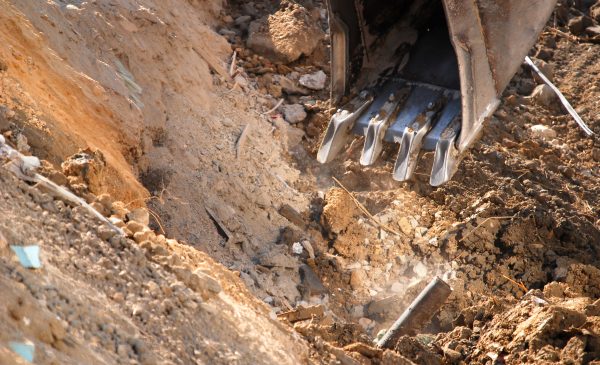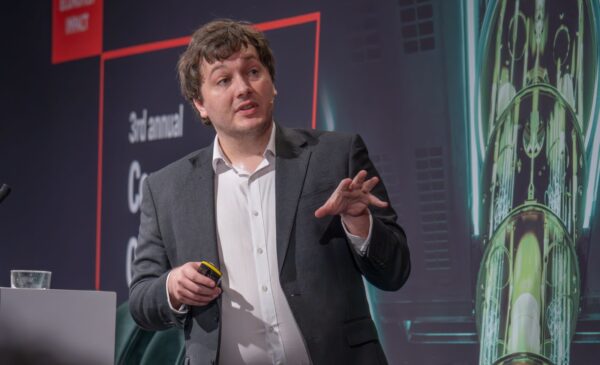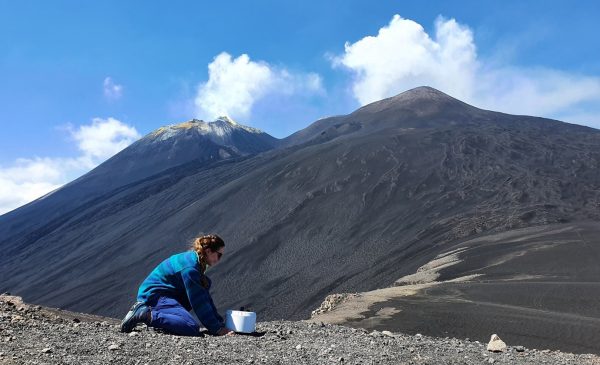The Quantum Technology Hub for Sensors and Metrology exhibited at the annual Thames Water conference last week at the Farnborough International Exhibition & Conference Centre. The conference, which focused on health and safety in the water industry, was attended by more than 200 industry leaders from within the water and construction industries.
Max Turner (Business Engagement Manager), Dr Nicole Metje (Reader in Infrastructure Monitoring) and Georgina Croft (PhD student), showcased the quantum technology gravity sensors as part of the Hub’s exhibition, and discussed – with conference participants – the potential benefits of deploying the sensors for the detection and condition assessment of buried water infrastructure such as sewers. Knowing the exact location of buried assets could massively impact the way of working for water asset managers, both from a safety viewpoint and also financially.
The gravity sensors being developed at the Hub could be utilised to discover pipes without the need for unnecessary digging, and also to identify areas of water-saturated ground caused by leaking infrastructure. This would have a huge impact on the civil engineering and water sectors, preventing sinkholes and other such disasters.
Dr Nicole Metje acknowledged that ‘the commercial deployment of the technology is still five to ten years away’, but also noted the ‘potential to displace some of the existing geophysical sensing technologies, such as mechanical microgravity sensors, and the possibility of extending other technologies, such as ground penetrating radar at even deeper depths’.
These geophysical sensing technologies were also displayed at the FINDIT (Finding Infrastructure with Non-Destructive Imaging Technologies) exhibition. FINDIT is a collaborative project between RSK, Geomatrix, BT and the University of Birmingham. The project aims to develop non-destructive geophysical detection methods critical to the maintenance and development of subsurface infrastructure, such as telecommunications, water and gas supply pipes. This technology is still two to three years away from the market, but proof of concept tests have been successful to date.
For more information on the FINDIT project, visit: http://www.findit-research.org/.




